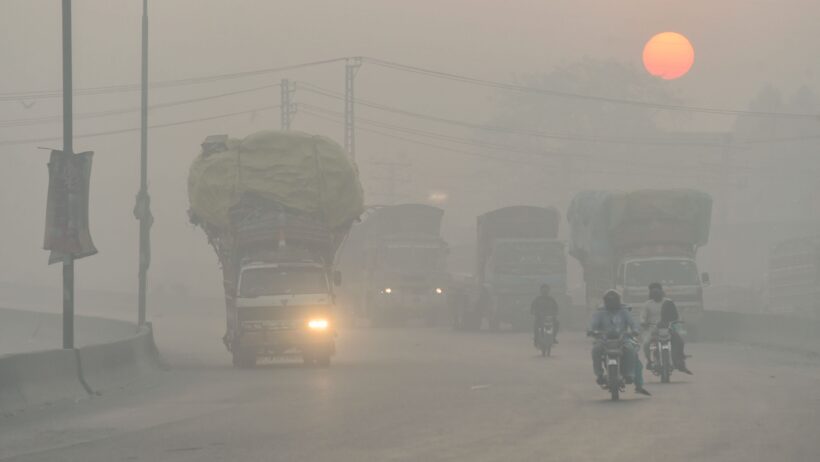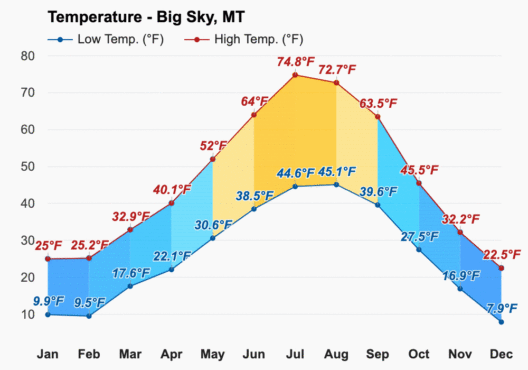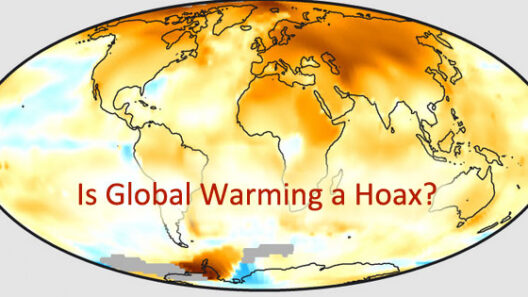As the world grapples with the pressing issue of climate change, the question arises: Is water vapor the hidden driver of global warming? While water vapor is indeed a critical greenhouse gas, its role in climate dynamics is often misconstrued. To accurately assess its impact, it’s essential to differentiate between the effects of water vapor and those of anthropogenic emissions like carbon dioxide.
First, let us clarify the nature of water vapor. Water vapor is the most abundant greenhouse gas in the atmosphere, accounting for approximately 60% of the natural greenhouse effect. However, it behaves differently than other greenhouse gases. Its concentration in the atmosphere is not directly controlled by human activity; instead, it is a secondary effect of temperature changes. As the Earth’s temperature rises due to increased emissions of carbon dioxide and other greenhouse gases, ocean and land surfaces release more water vapor, further enhancing the greenhouse effect.
In this context, water vapor acts as a feedback mechanism rather than a primary driver of climate change. When the Earth warms, more water evaporates, leading to higher humidity levels. This increase in water vapor can amplify warming but does not initiate it. In contrast, carbon dioxide and methane, both of which are emitted by human activities such as fossil fuel combustion, land-use changes, and agriculture, act as primary drivers. They trap heat in the atmosphere, leading to the initial rise in temperatures.
What complicates the discussion surrounding water vapor is its interaction with other climatic components. For instance, clouds, which are formed by condensed water vapor, can have varying effects on the Earth’s radiation balance. Some clouds reflect sunlight, potentially cooling the surface, while others trap heat, contributing to warming. The net effect of cloud cover on climate change is complex and still an area of intense research.
Moreover, while water vapor is critical in the trapping of heat in the atmosphere, it is important to recognize that its increase is inherently linked to the changes induced by other greenhouse gases. The hydrological cycle, which encompasses evaporation, condensation, and precipitation, is heavily influenced by the global temperature. Hence, a surge in water vapor can be understood as a consequence of climate change rather than a standalone causal agent.
It’s also imperative to acknowledge that water vapor has a relatively short atmospheric lifespan compared to carbon dioxide. Once emitted, water vapor can remain in the atmosphere for only a few days. In contrast, carbon dioxide can persist for centuries. This distinction is crucial; it means that interventions aimed at reducing anthropogenic emissions of carbon dioxide will have more lasting effects on atmospheric composition and, subsequently, on climate change.
The interplay between water vapor and other greenhouse gases illustrates the complexity of the climate system. Scientific models indicate that without the anthropogenic contributions of CO2 and other greenhouse gases, the natural concentration of water vapor would not lead to the dramatic warming we are witnessing today. This understanding reinforces the urgency of addressing our carbon footprint to mitigate climate change’s devastating effects.
Moreover, mischaracterizing water vapor as the predominant cause of global warming can detract from the necessity of reducing greenhouse gas emissions. This misconception might lead to complacency, allowing the public and policymakers to neglect urgent climate action. An effective climate strategy must prioritize the reduction of CO2 emissions along with innovative solutions to enhance water management practices. By improving our approach to water conservation, we can also better manage water resources in a changing climate.
Furthermore, the advocacy for strategies aimed at improving energy efficiency, investing in renewable energy sources, and implementing reforestation initiatives are all critical in combating climate change. These strategies work synergistically to reduce the concentration of greenhouse gases while simultaneously enhancing the capacity of natural systems to sequester carbon. The role of water vapor in this equation is less about being a driver and more about understanding it as a part of the broader climate narrative.
As we move forward in discussions around climate policy, it is vital to emphasize the distinction between feedback mechanisms like water vapor and primary greenhouse gases. Effective communication about these differences can galvanize public support for necessary policy changes and technological innovations designed to address climate change holistically. Failure to do so risks perpetuating misunderstandings that could undermine climate action.
In conclusion, while water vapor plays an essential role in the Earth’s climate system as a feedback mechanism, it is not the hidden driver of global warming that some may claim. The pivotal agents of climate change are the greenhouse gases generated by human activity, particularly carbon dioxide. To combat climate change effectively, the focus must remain on reducing these emissions while pursuing comprehensive strategies that account for the complex interrelationships within our climate system. Understanding the true drivers of climate change is crucial for mobilizing immediate and effective action aimed at safeguarding our planet’s future.







